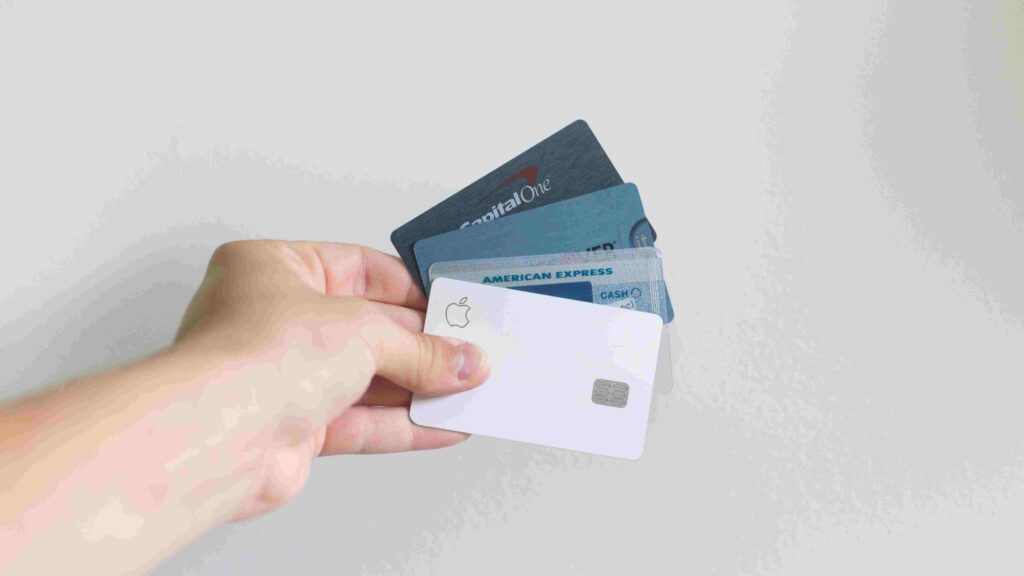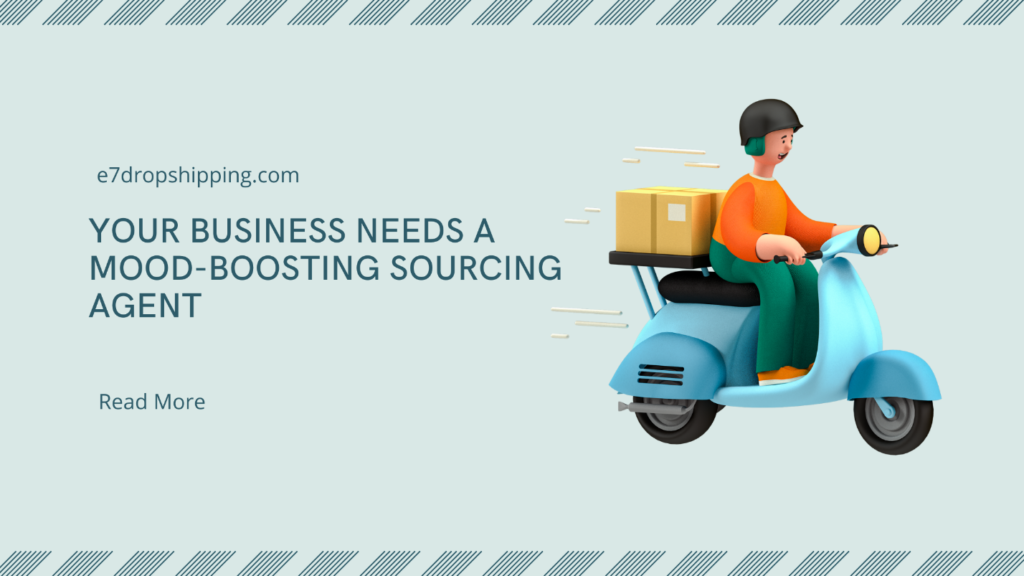Order fulfillment is the complete process from when an order is placed, or a sale takes place to a customer receiving the package. Two of the top qualities customers consider when they shop online are cost and the estimated time of delivery, the latter influences 68% of customers’ decisions to purchase.
A successful order fulfillment process relies on a third-party logistics company (3PL) or a fulfillment center to complete all of the processes required. What goes on in the fulfillment center may seem to be a mystery, but it doesn’t have to be. The process of order fulfillment is about creating a brilliant experience for your customers. Continue reading to know more about the order fulfillment process, what it entails, and how it works.
Receiving Inventory
The first process to order fulfillment is receiving inventory from suppliers. Products may come from a third party, another company department, or a company warehouse. In any case, the incoming inventory must be counted, inspected, and double-checked to ensure the proper amount was received and the quality is acceptable. The bar codes on the arriving products are used in the receiving and storage processes, and to retrieve goods from internal storage later.
Inventory Storage
Once goods are received in the fulfillment center, they are inventoried. Then, they’re either immediately disbursed or sent to short- or longer-term storage. Products are ideally stored just long enough to help organize the orderly distribution of goods for existing sales, rather than to hold products for future sales.
Order Processing
An order processing management system dictates product picking and packing activities per each newly-received customer order. In the online marketplace, order management software can be integrated with the shopping cart on an ecommerce or dropshipping website to automatically initiate order processing.
Picking
A picking team or automated warehouse robots select products from the warehouse according to a packing slip’s instructions. The packing slip contains specific information, such as a list of product bar codes, product colors, sizes, number of units, and location in the distribution center’s warehouse.
Packing
Packing materials are selected by the packing team or automated fulfillment robots to achieve the lowest practical dimensional weight, which is calculated by multiplying package length times width times height. Since space on delivery trucks is at a premium, optimizing dimensional weight is important to speed transport while also potentially lowering shipment costs. Furthermore, packing teams often include return shipping materials and labels in case the customer wishes to exchange or return the product for a refund later.
Shipping
The order is sent to a shipping node or a transportation channel to be shipped to the customer. Shippers and carriers, whether freight lines or airlines, FedEx, the U.S. Postal Service, or other carriers, determine freight billable costs by whichever is greater: actual package weight or its dimensional weight.
Even if the actual weight is low, such as with a t-shirt, packing it in the lowest dimension is often worth it to keep the packaging from adding significantly to the overall package weight. Likewise, most carriers have packaging rules to optimize their profits from the shipping space they have available. Failing to meet those requirements can delay shipping if carriers refuse to accept the order.
Delivery
It is common for shipping routes to involve more than one carrier. For instance, FedEx may pick up a package at the fulfillment center that will later be delivered by the USPS to the customer’s home. There are many reasons for these hybrid shipping methods. One common example is that the USPS delivers even to remote areas where most other commercial carriers don’t. It’s simply just practical to use the USPS for the last mile of delivery in those cases.








